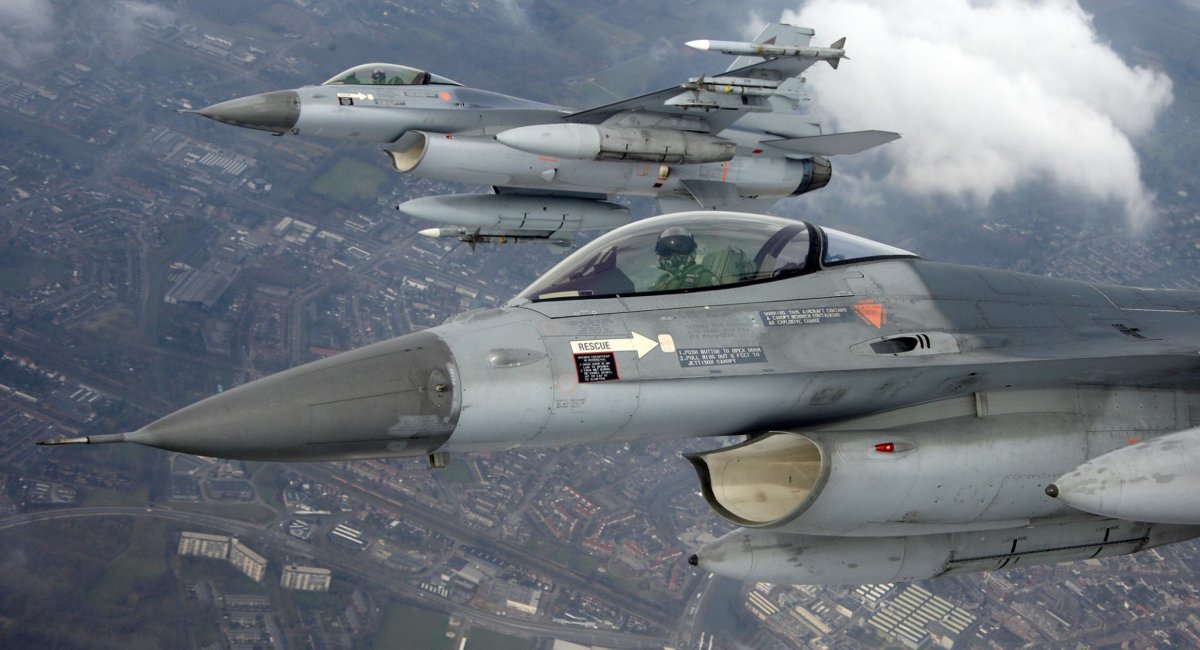
What kind of F-16s will Ukraine receive from the Netherlands and Belgium?
What you need to know about their condition and modernization
Answers to the questions of when F-16s were produced for Ukraine, what modernization they have undergone, which directly affects their combat capabilities and how long they can fly
The Netherlands and Denmark have officially announced that they will reinforce Ukraine with F-16 fighter jets, which means more than a significant resource for the transfer of aircraft. This is in addition to (according to the updated information, “in addition to”) 42 F-16s in the Netherlands and the already announced number of 19 fighters from Denmark out of its total fleet of 44.
But we need to understand that the maximum number of aircraft to be transferred to Ukraine is not a matter of any political decision, but of the condition of the aircraft. Even the example of Denmark directly states that only 30 out of 44 fighter jets are in airworthy condition. The reason for this is that these aircraft are not new.

When were F-16s produced for Ukraine?
Back in the late 70s, production of F-16s for European operators was localized in the Netherlands and Belgium at Fokker and SABCA plants, where they were manufactured until the mid-90s. The first F-16 for the Dutch Air Force was produced in 1979, and the last one in February 1992.
In general, the country had a fairly powerful fleet of 213 aircraft, but with the end of the Cold War, it actively began to reduce it, partly by writing off the aircraft and partly by selling them to Jordan and Chile. And that is why the current number of F-16s in the Netherlands is 42, which, logically, should be from the latest batches.
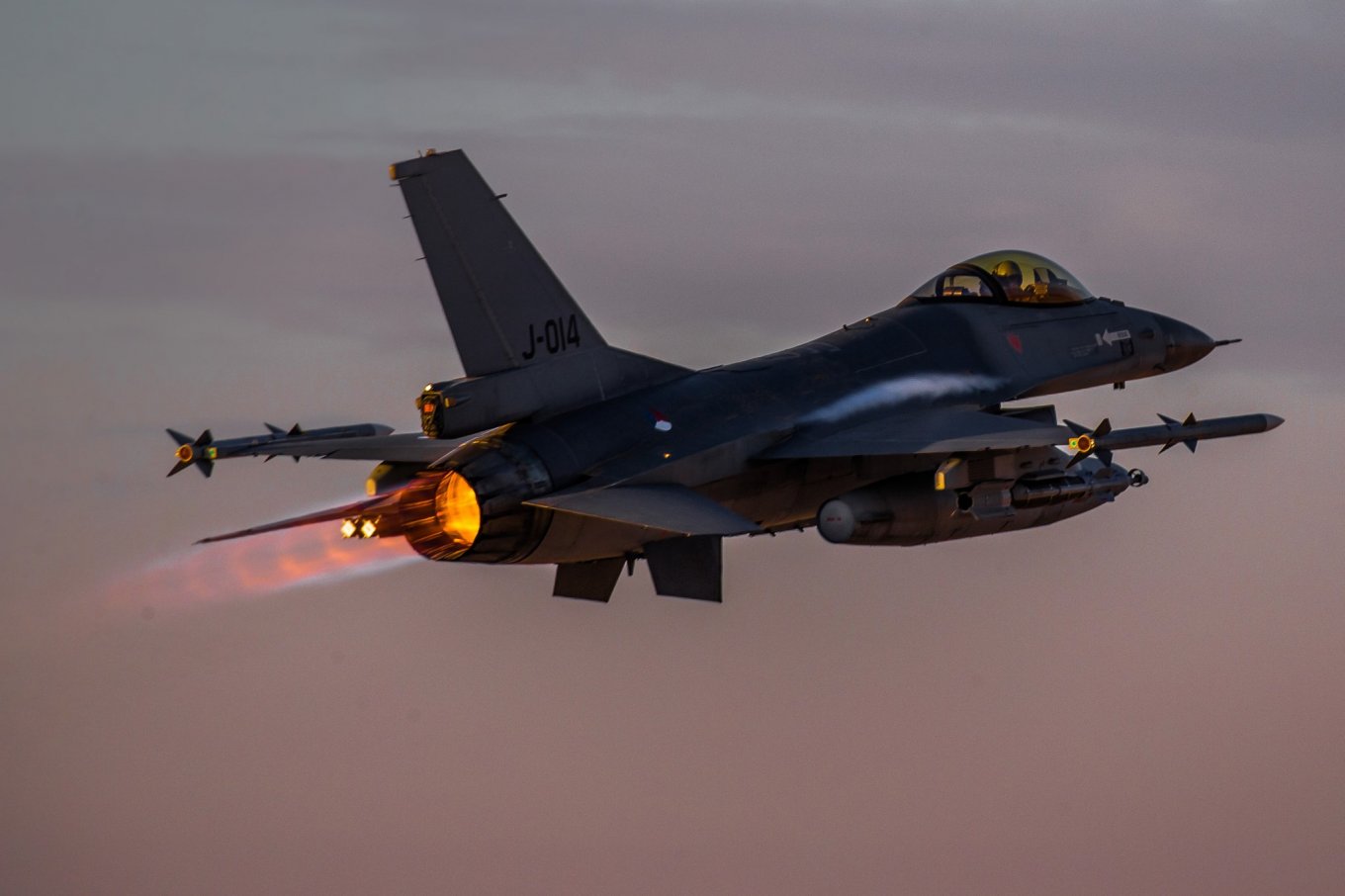
Denmark began receiving F-16s in January 1980, initially ordering 58 fighters, and in the mid-1980s ordered 12 more to replace the most worn-out aircraft of the first batch. This order was fulfilled approximately at the level of the late 80s.
Unlike the Netherlands, Denmark did not sell its machines, but simply decommissioned them as they reached the end of their useful life. At the same time, although the number of F-16s in Denmark is formally 44, only 30 of them are considered to be in airworthy condition.
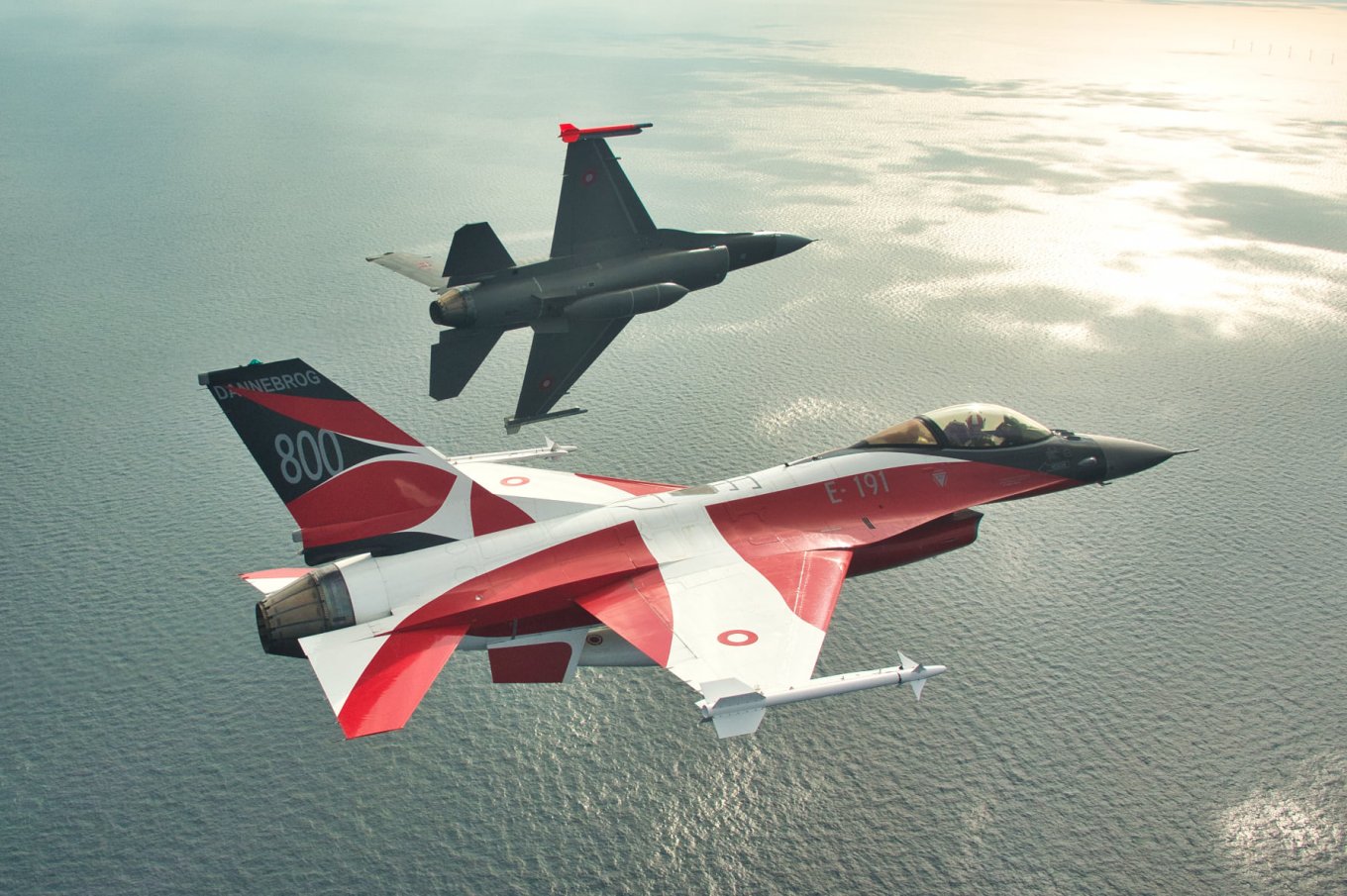
That’s why the condition of the machines plays a role in determining how many will be transferred. Not all of them will obviously be in airworthy condition, and not all of them will be combat-ready. Some of them will be used for training, some will only become donors of spare parts, but a significant part will still strengthen the Ukrainian Air Force.
What version of F-16 will be delivered to Ukraine
All F-16s of the Dutch and Danish air forces were modernized from the mid-1990s to the mid-2000s under the Mid-Life Update (MLU) program and regularly serviced to extend their service life.
The main difference between the F-16 MLU and the F-16 is that the radar has been replaced by the AN/APG-66(V)2, which has a target detection range of up to 110 km. And for the use of precision weapons, the ability to suspend containers such as Lantrin or Litening has been added. The onboard computer, onboard display equipment, electronic warfare, navigation and communication systems, and low-altitude flight systems were also updated.
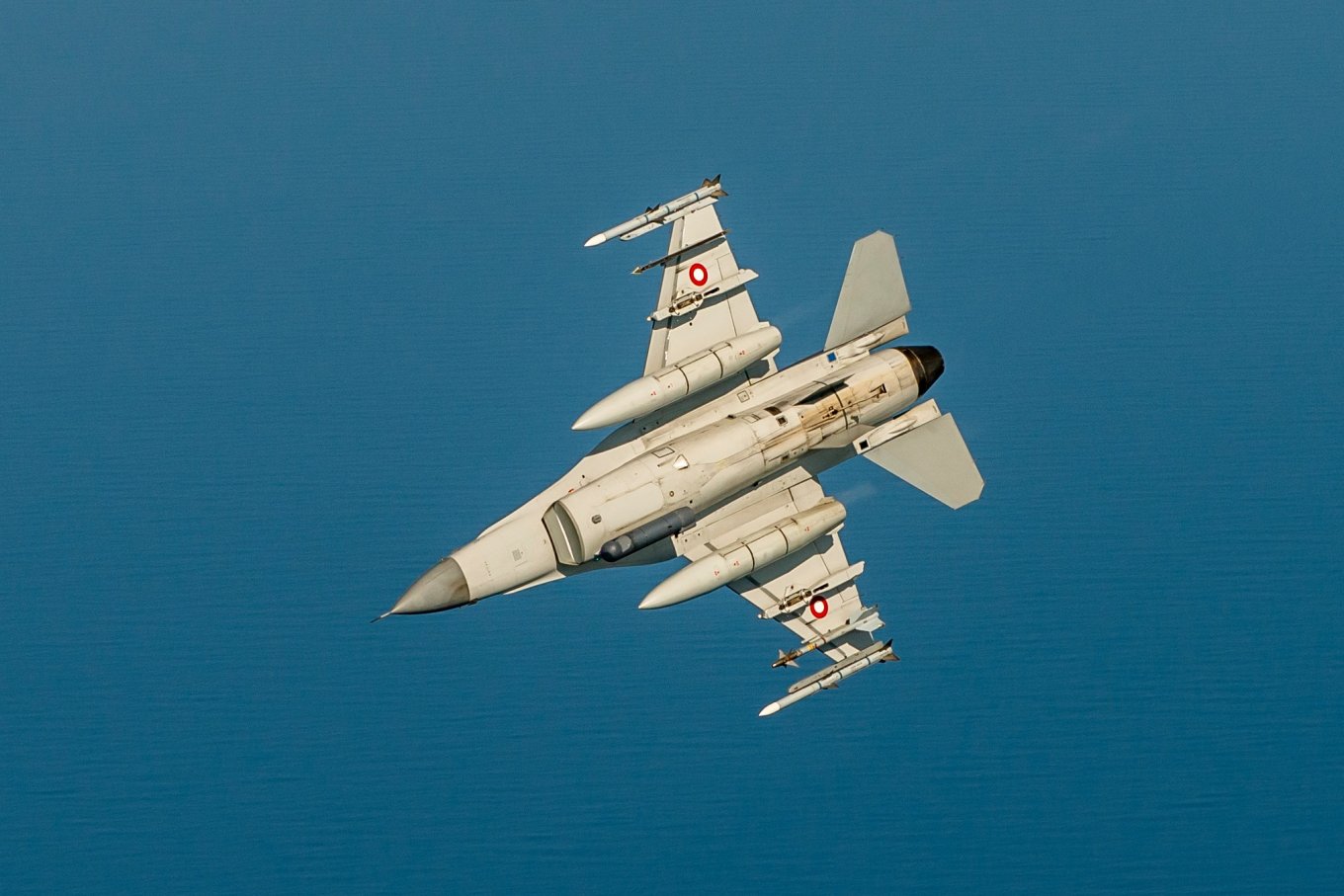
That is, the F-16 MLU is far from the latest version of the F-16V Block 70/72, but it is already a full-fledged multifunctional fighter that can perform a number of tasks. This includes the ability to conduct air combat at ranges of over 100 kilometers and use a wide range of precision weapons.
At the same time, we should not dismiss the scenario that some fighters may undergo some additional modernization, especially given the time-bound schedules for their transfer. For example, according to the head of the Danish government, Mette Frederiksen, six aircraft will be ready for delivery by the end of 2023, eight in 2024, and five in 2025.
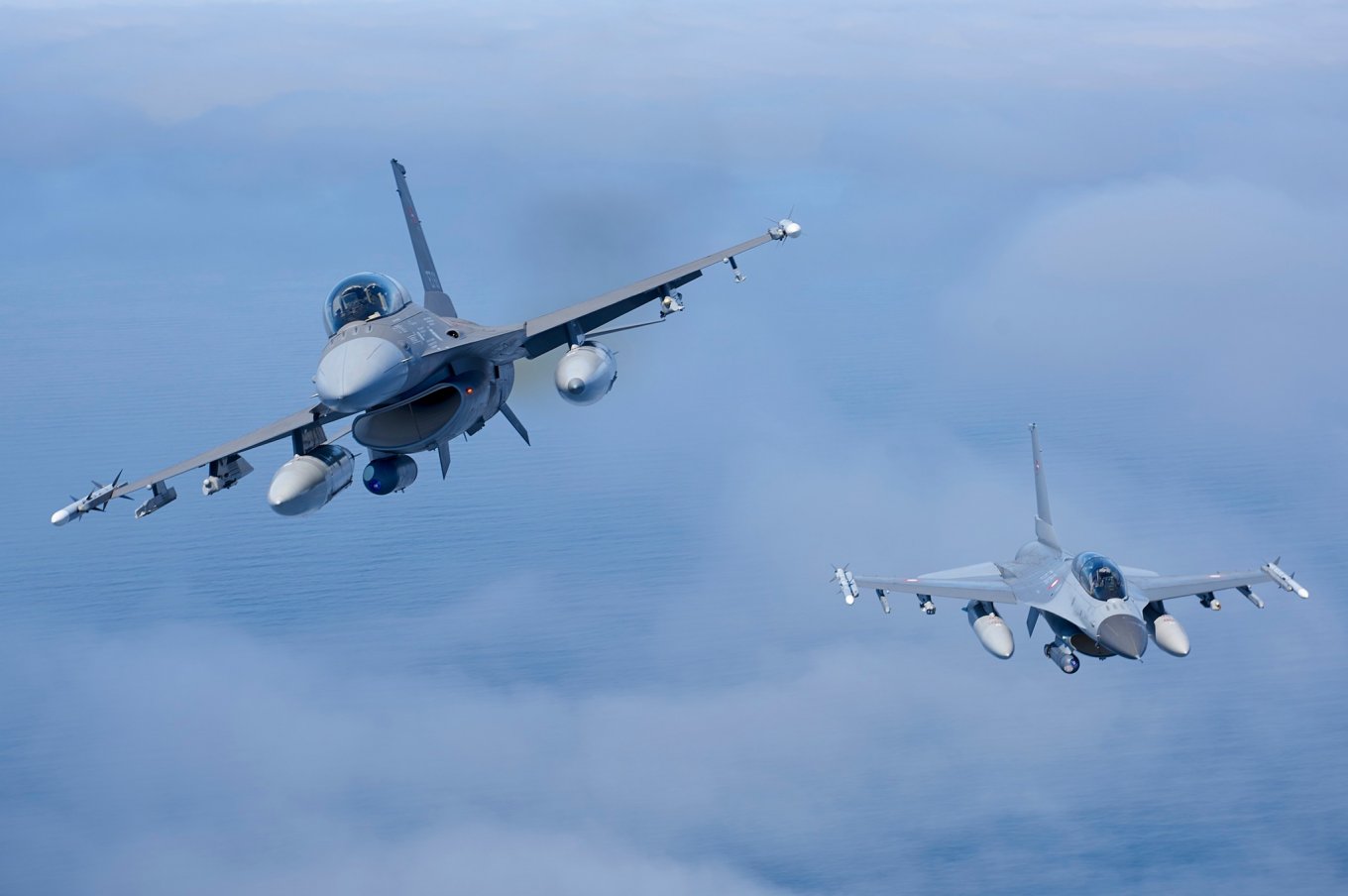
How long can used F-16s fly?
The F-16 has proven to be a more than durable machine that will remain in service for a long time to come thanks to well-developed and well-executed modernization and service life extension programs. This is true even in the United States, where these fighters will be in service until the 2050s. And we are talking about F-16C/D aircraft, which began production in the mid-90s.
As for the ones that are being transferred to Ukraine, the best example for Ukraine is Romania, which also operates used F-16s. Moreover, the used Norwegian machines were produced at the same factories in Europe, at the same time, and underwent the same modernization. That is, you can simply look at the example of Bucharest.
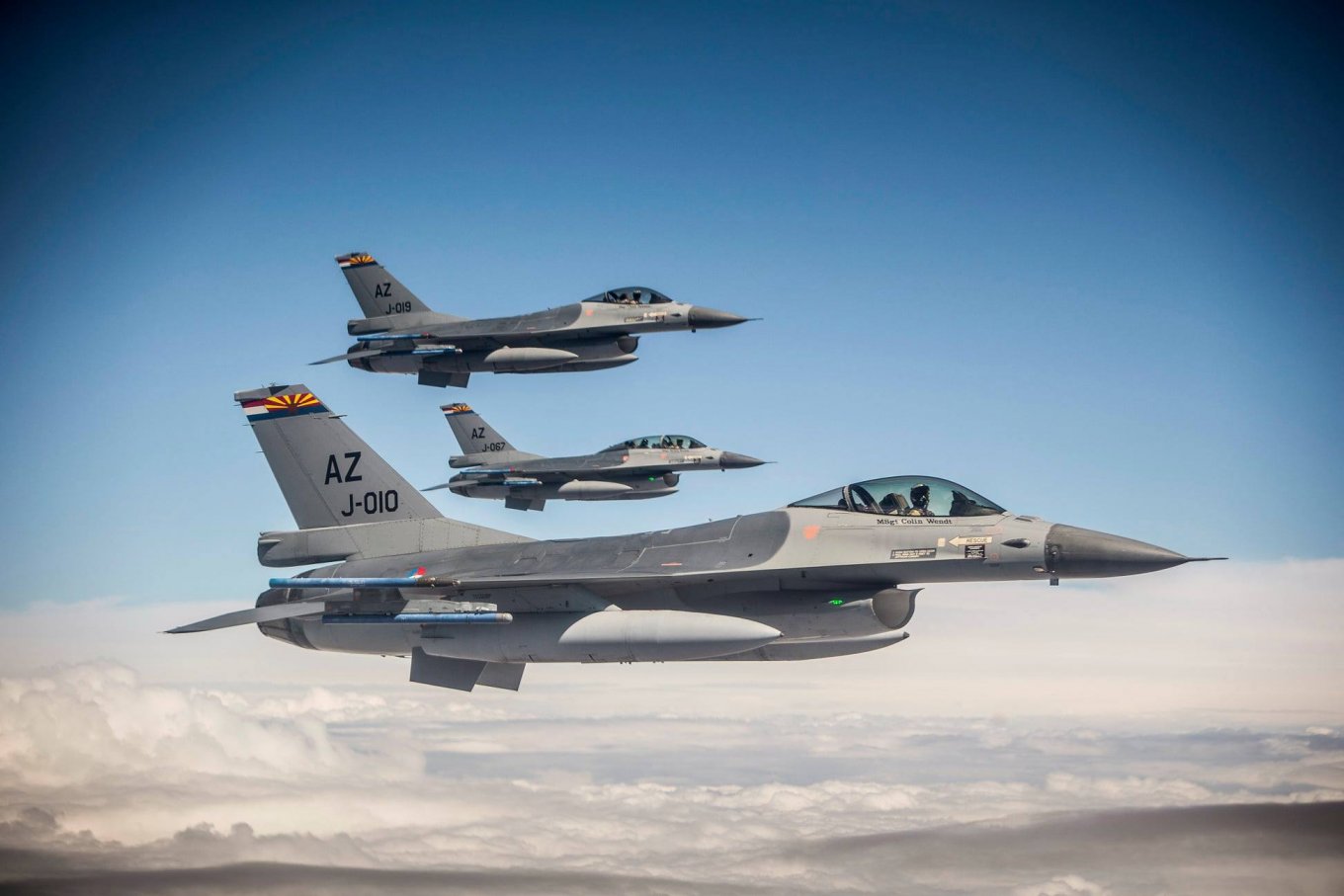
And the Romanian Air Force plans to operate the F-16 until the mid-2030s by carrying out all scheduled repairs. At the same time, the Romanian government is already working on replacing them, as the queue for F-35s needs to be filled as soon as possible, as it has been stretched for more than 8 years.
At the same time, the operation of aircraft in wartime is much faster, burning up the machines’ life. And this should also be taken into account when assessing the end-of-life of machines. But in any case, the issue of “a fighter for Victory” has already been resolved in the Armed Forces.

